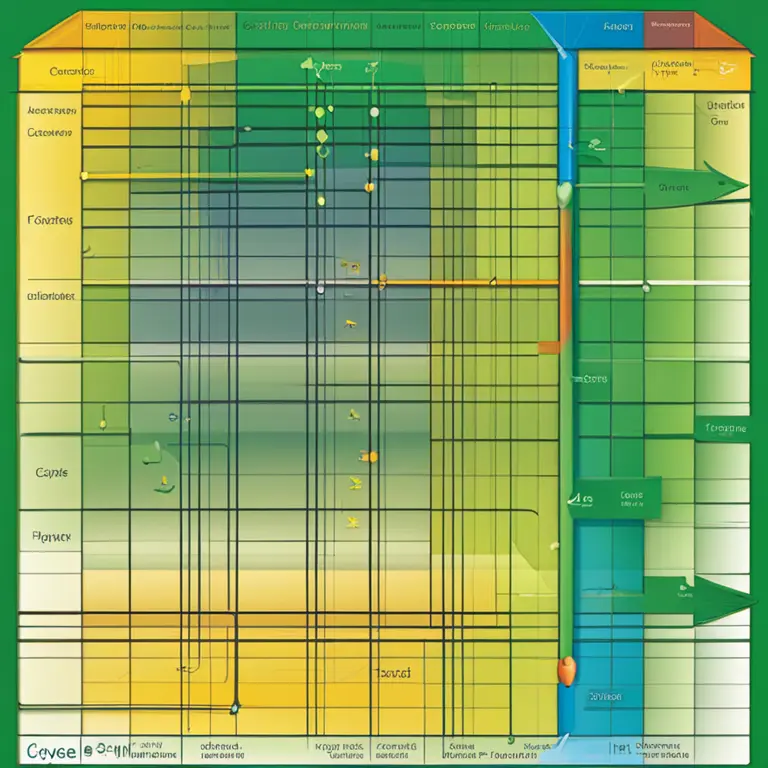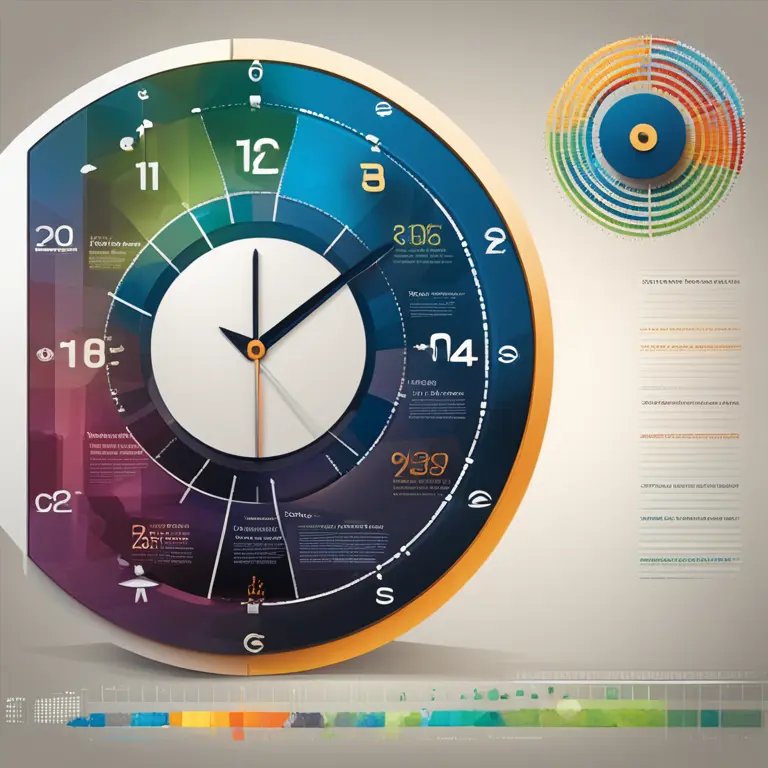
The Fundamentals of Biorhythm Cycles
A concise guide to the principles of biorhythm cycles, their types, and how they influence daily life.
article by Adrian Wallace
Introduction to Biorhythms
The concept of biorhythms is a fascinating aspect of pseudoscientific belief that suggests our lives are influenced by biological cycles. These cycles are believed to affect our physical, emotional, and intellectual well-being. Despite the lack of empirical support, biorhythms have garnered interest for those seeking to understand potential patterns in their personal lives. It's intriguing to consider how these rhythms might align with our daily experiences, especially as we move into 2024, a year already poised for its own unique challenges and opportunities.

Three Primary Cycles
Central to the theory of biorhythms are three primary cycles: the 23-day physical cycle, the 28-day emotional cycle, and the 33-day intellectual cycle. Each cycle is thought to move through high, low, and critical phases, with high periods indicating an optimum state of well-being, low phases suggesting a potential decrease in capabilities, and critical days marking transitions that may be unstable or unpredictable. These cycles are personalized and calculated from the date of birth, with each day offering a different biorhythmic readout.

The Physical Cycle
The physical cycle is believed to influence our strength, endurance, and overall vitality. When this cycle is at a high point, it is thought that our physical capabilities are enhanced. Conversely, during low phases, one may feel physically drained or less energetic. The understanding of this cycle could potentially be applied by athletes or fitness enthusiasts aiming to schedule training during optimal phases, although it's vital to remember that biorhythms are not scientifically proven predictors of performance.

The Emotional Cycle
The 28-day emotional cycle pertains to our mood, creativity, and affectivity. High points in the emotional cycle can possibly correspond to periods of heightened creativity and positive mood, whereas low points might be linked to a lack of motivation or feelings of sadness. This understanding has the potential to inform individuals when to undertake tasks requiring emotional resilience or creativity, considering the individual's unique biorhythmic calendar.

The Intellectual Cycle
Lastly, the intellectual cycle, spanning 33 days, is said to affect cognitive processes, such as analytical thinking, logic, and memory. When intellectual biorhythms are high, one might notice increased mental sharpness or problem-solving capabilities. In the low phase, mental activities could feel more taxing or might require extra effort. Scholars and professionals might find this concept intriguing for timing tasks that require complex cognitive engagement.
Application and Tools
Today, numerous apps and online calculators exist to assist individuals in tracking their biorhythm cycles. While these tools can provide a visual representation of one's cycles, it is important to use them with a grain of salt and not rely strictly on their indications for making significant life decisions. As our understanding of human biology evolves, so too might the dialogue around biorhythms, potentially integrating new findings from neurology or chronobiology, although they currently remain outside the realm of science-based evidence.
Published: 1/25/2024
Modified: 1/25/2024
More predictions
Come back here soon to learn more about yourself and your future


The Rhythms Within: Biorhythm Horoscope Insights
Tap into the cosmic wisdom of biorhythms to understand your emotional, physical, and intellectual cycles for enhanced well-being and foresight.


The Intersection of Biorhythms & Astrology Explored
Discover the link between biorhythms and astrology to gain insights into your life's patterns and potential.


The Biorhythm Debate: Effective Insight or Myth?
Discover the realities behind biorhythms, how they're calculated, and their impact on daily life. Can these biological cycles truly predict our physical, emotional, and intellectual states?